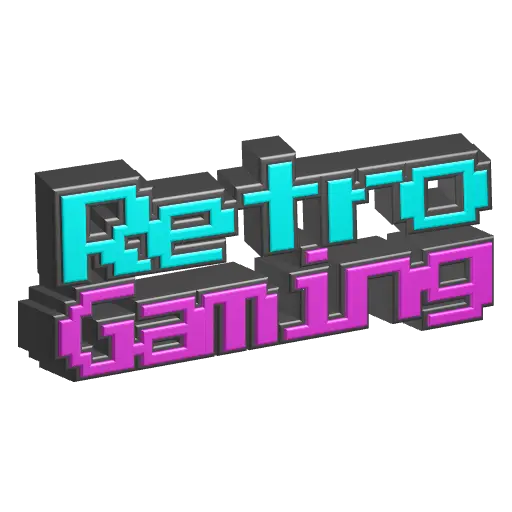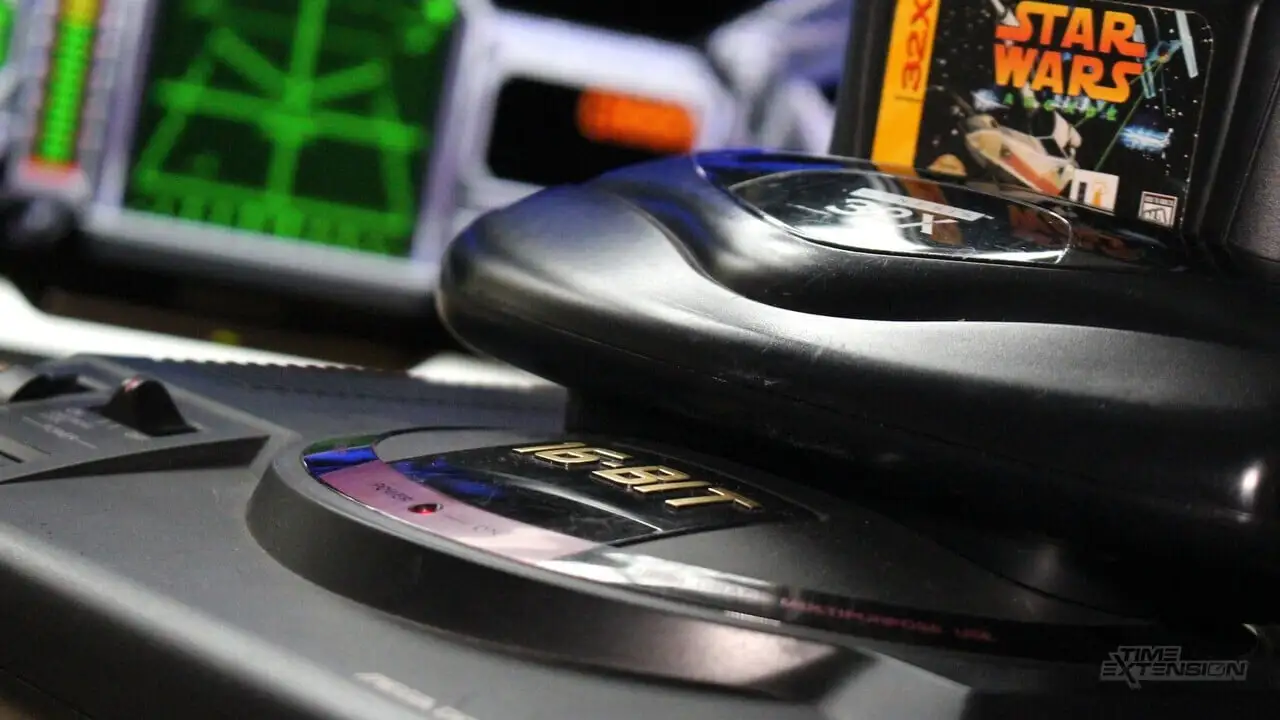Overview
The Sega 32X, an add-on for the Mega Drive/Genesis console in 1994, marks its 30th anniversary this year. This hardware launch was designed as a bridge from 16-bit to 32-bit gaming but ultimately failed commercially.
- Launch Dates: Launched November 21st, 1994 in North America and Europe; December 3rd, 1994 in Japan.
- Design Purpose: Retain Sega’s substantial user base while preparing for the next generation of consoles.
- Games Released: Approximately only 40 titles were released, some enhanced versions of Genesis games.
Commercial Failure & Impact
Less than a million units were sold, causing Sega to abandon the platform in 1996.
- Yosuke Okunari (Sega Producer): Laid blame at the feet of the 32X for diverting attention away from Saturn, contributing to Sega’s decline in sales.
Do you have any fond memories or opinions about the Sega 32X?



I never owned a 32X, and I’ve only tried one or two games in its library through emulation. From what I’ve tried and seen, at least what was released for it barely qualifies as anything one would call “32 bit” by looking at it, it just pushes the Genesis slightly beyond the graphical capabilities of the SNES. It only existed in the first place because Sega of America and Sega of Japan never communicated properly so SoA had no idea SoJ was working on the Saturn, so SoA made the 32X to prolong the Genesis’ life span until a proper 32-bit console could be developed, and THEN they found out about the Saturn, but STILL tried to push it as Sega’s 32-bit solution, which was rejected soundly by SoJ in favor of the Saturn, and SoJ only approved the 32X for those stopgap purposes while they readied the Saturn for Western release. SoJ weren’t right about what would appeal to the Western market very often, but they did at least get that right. The Saturn didn’t sell well in the Western market, but it easily trounced the 32X in every way (and actually showed what 32-bit hardware could do without being shackled to an aging 16-bit console as an add-on). The 32X pulled Virtual Boy numbers and had about as long a lifespan and only a slightly larger library. Really an apt comparison: two consoles that failed spectacularly to deliver on their graphical promises, were rejected by the market, and became the biggest hardware flops in each company’s history for good reason.